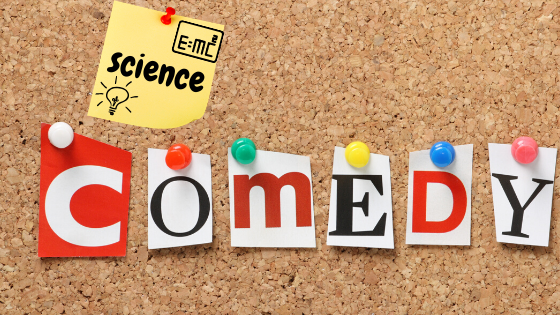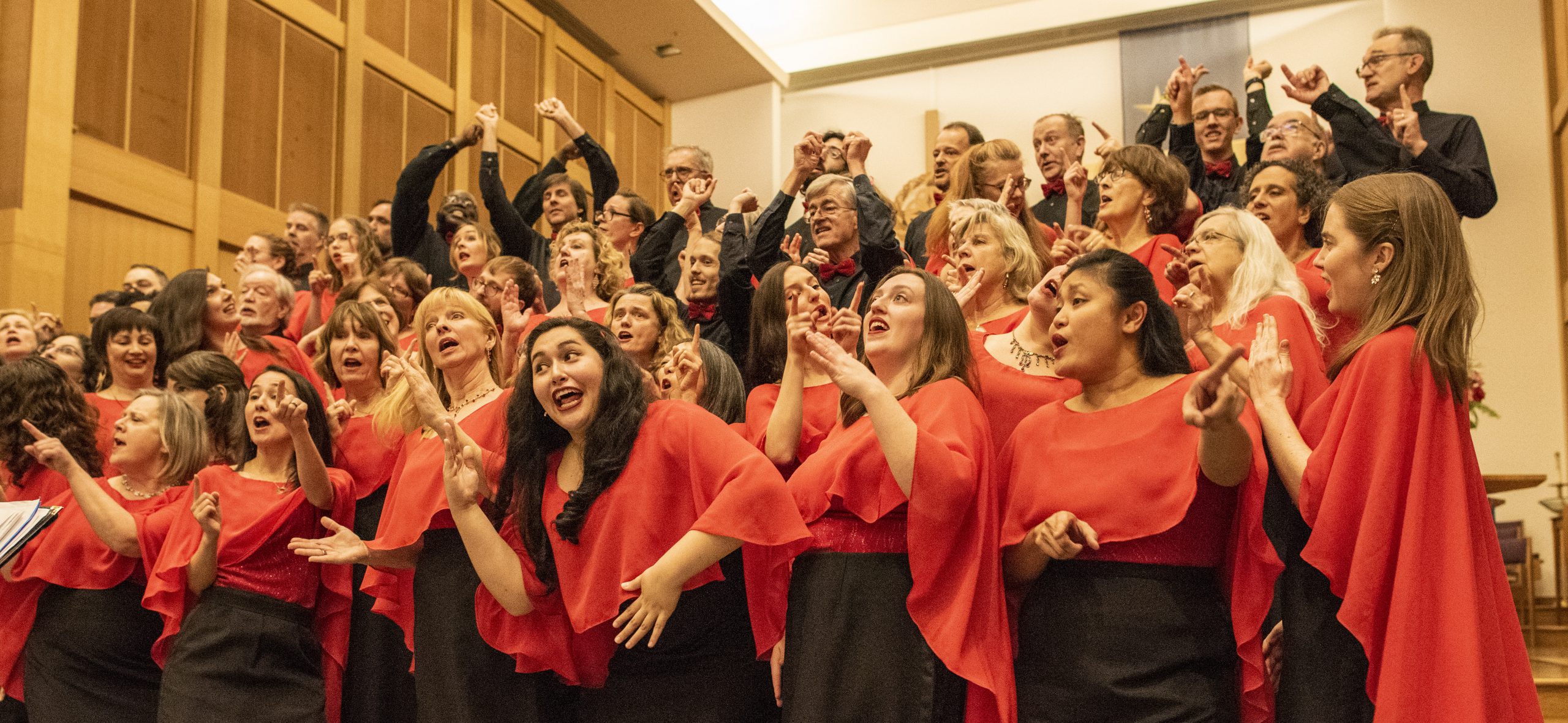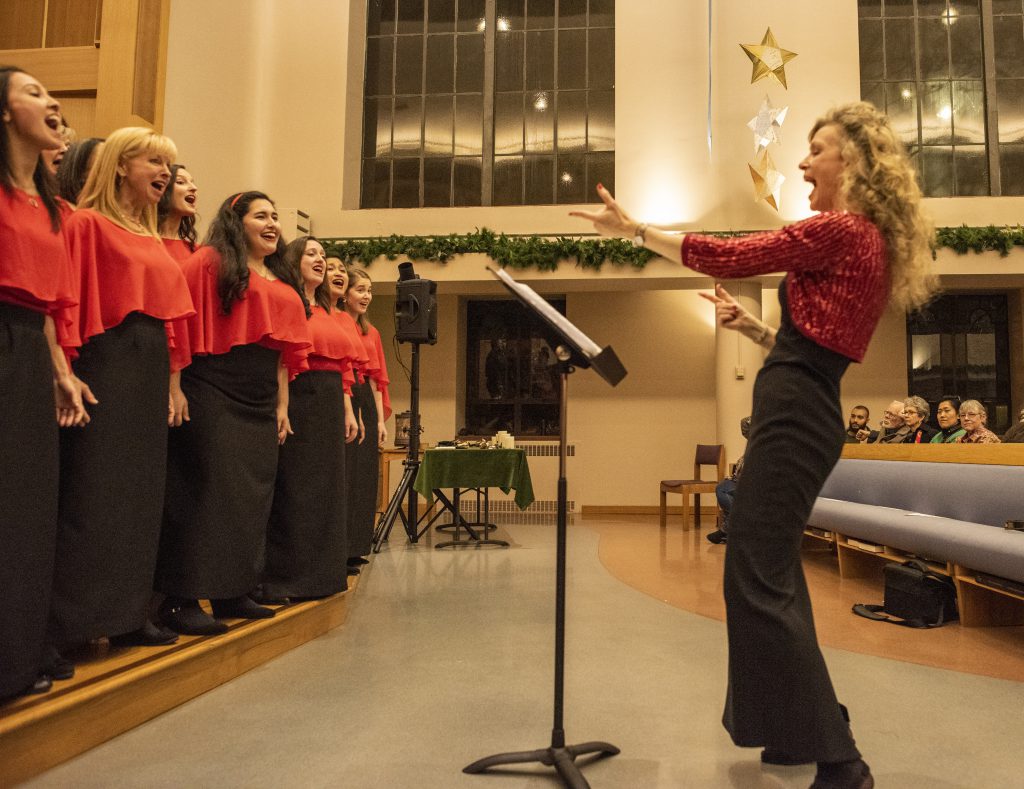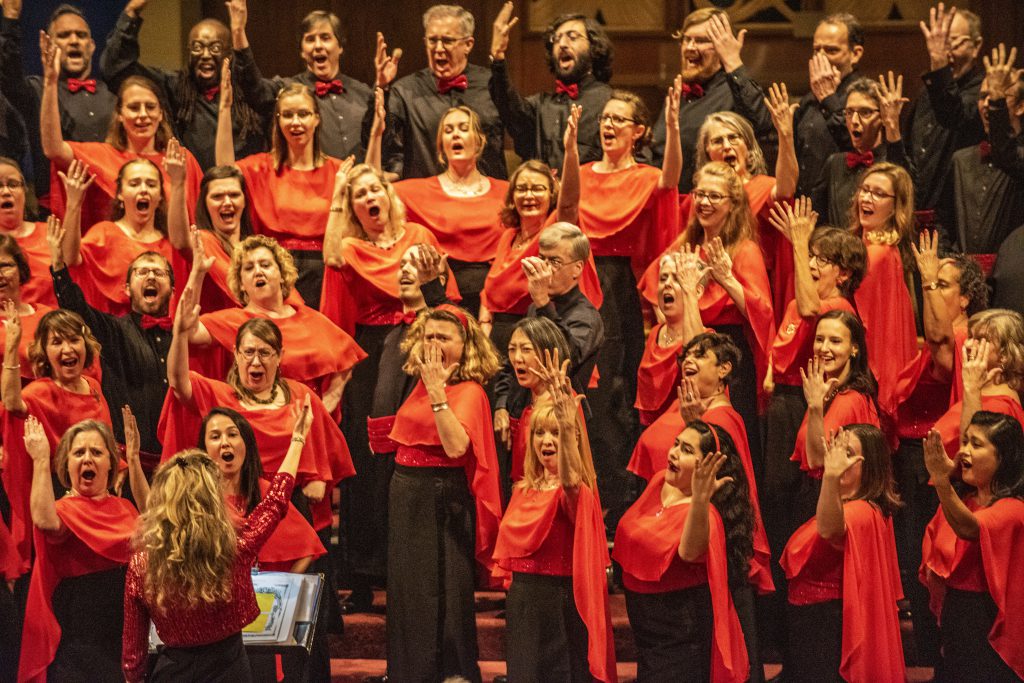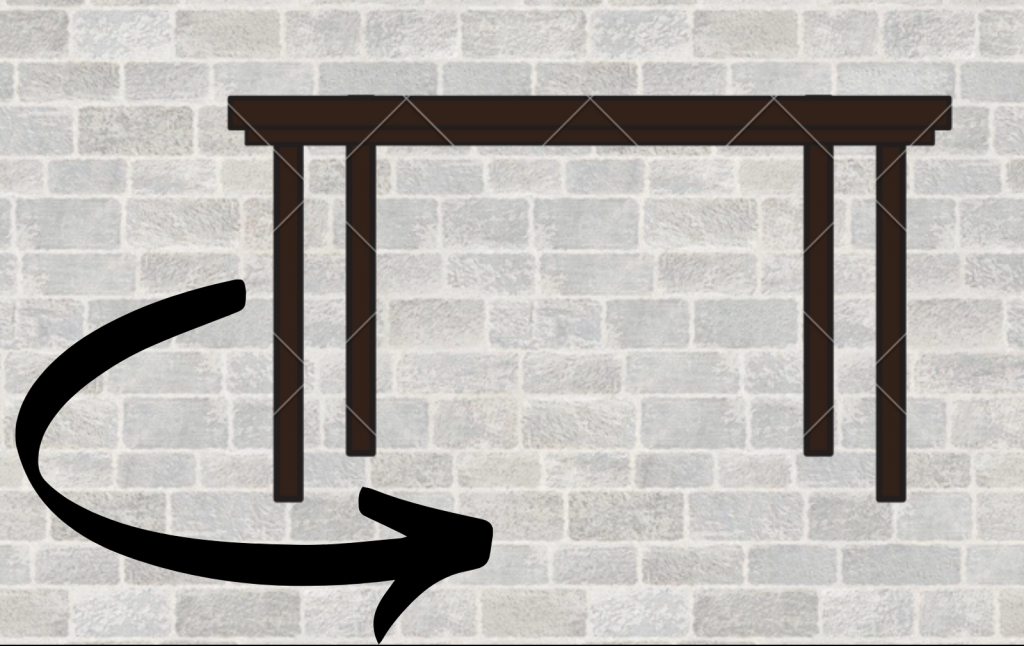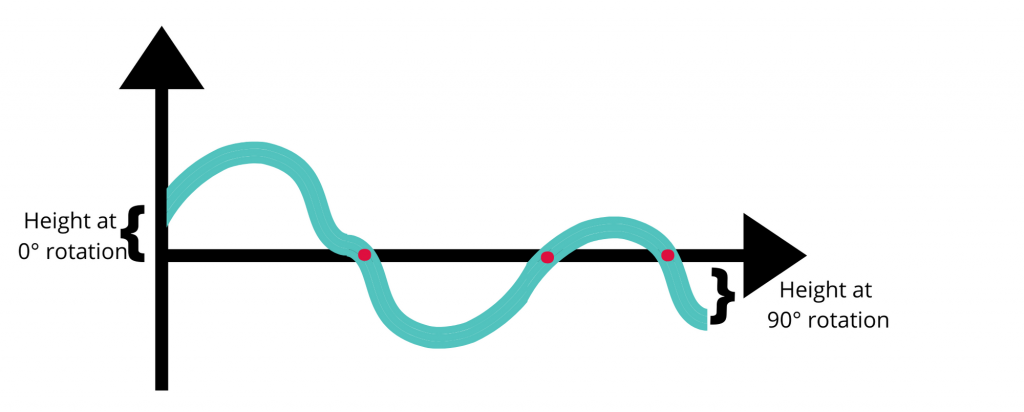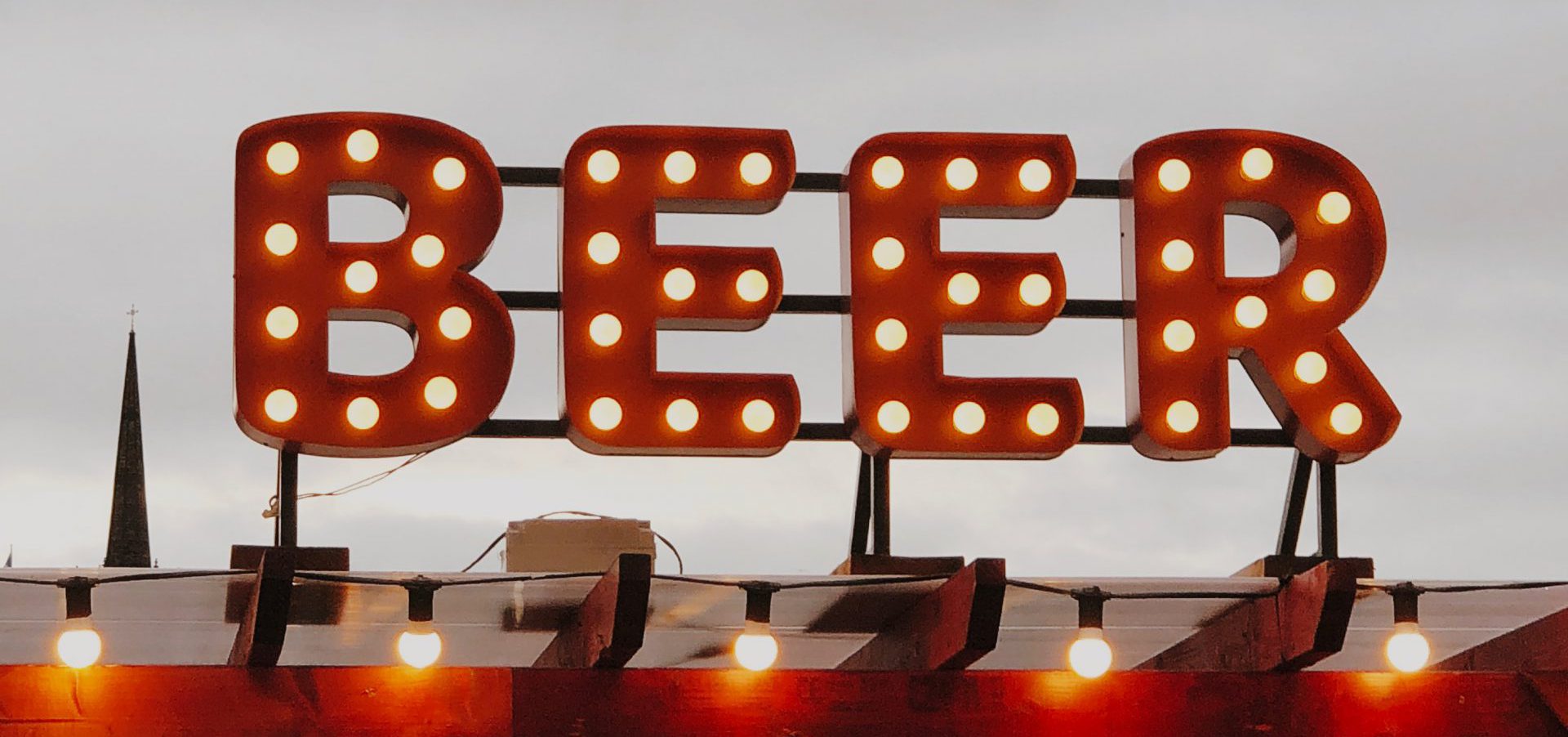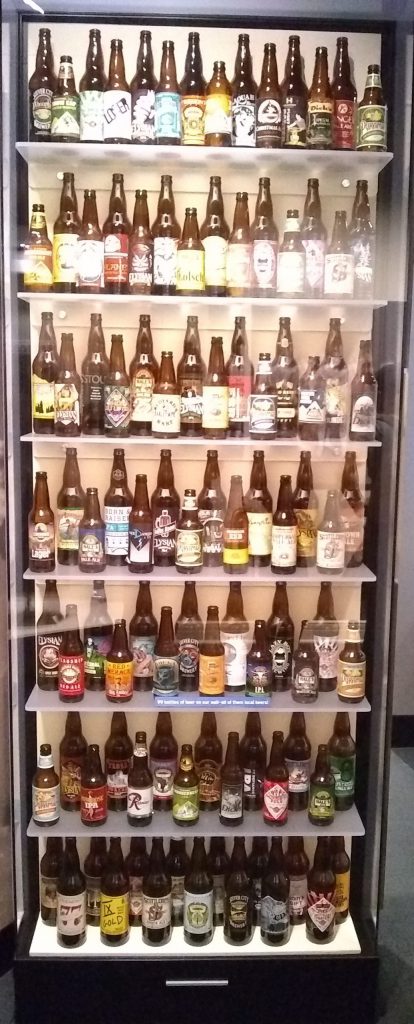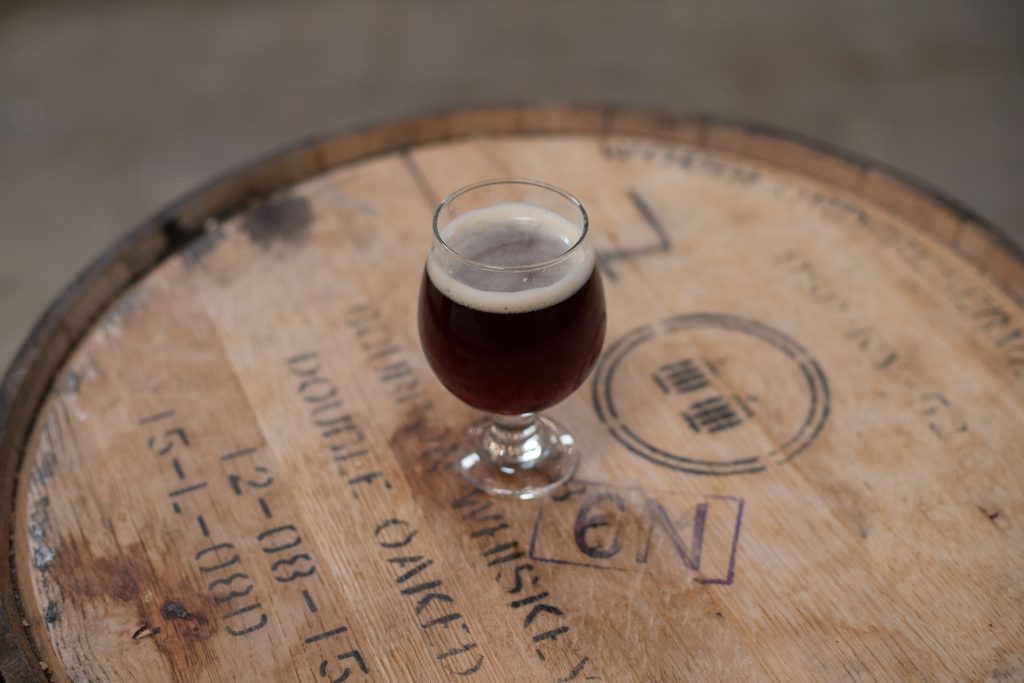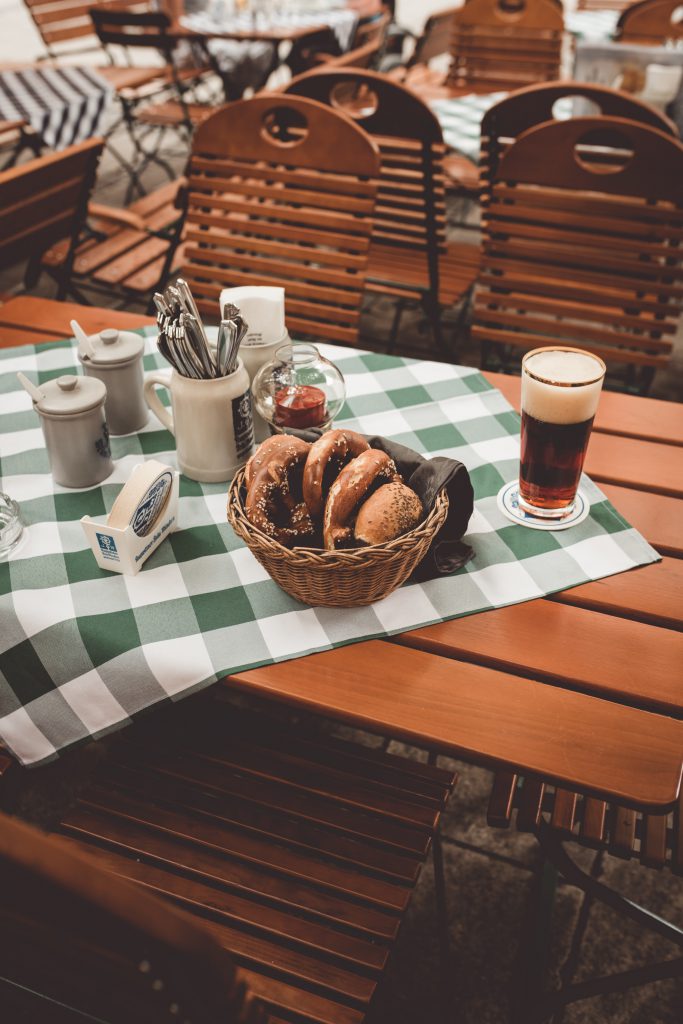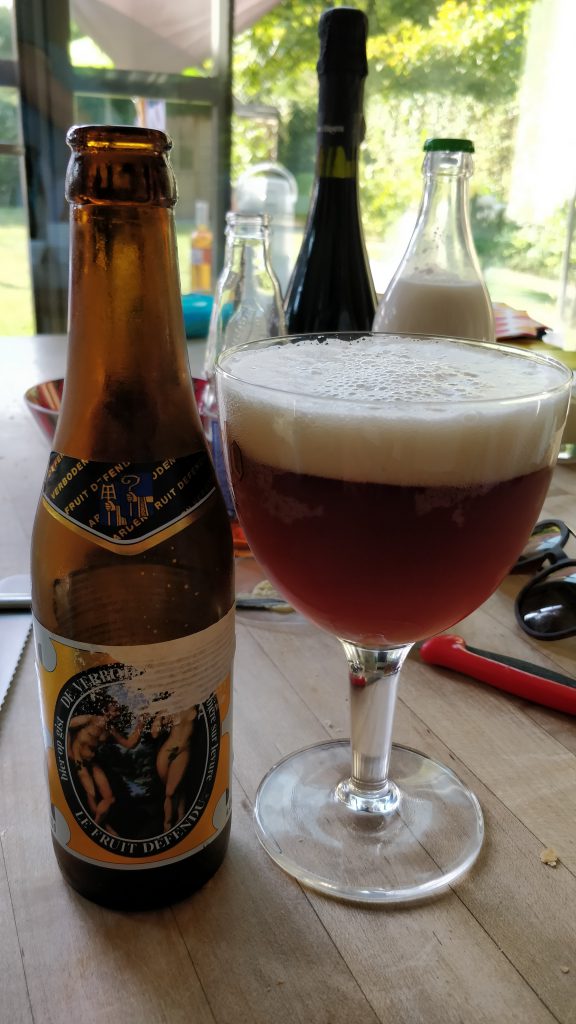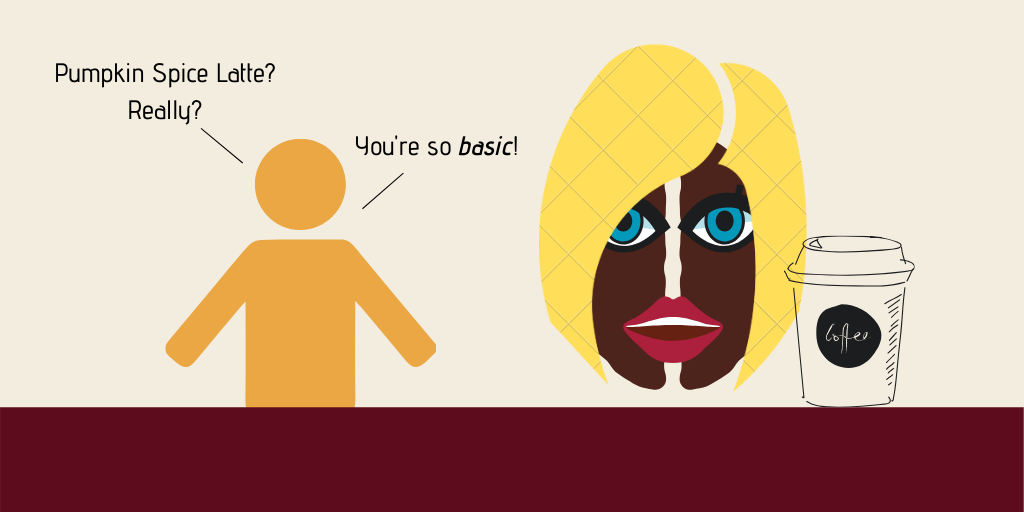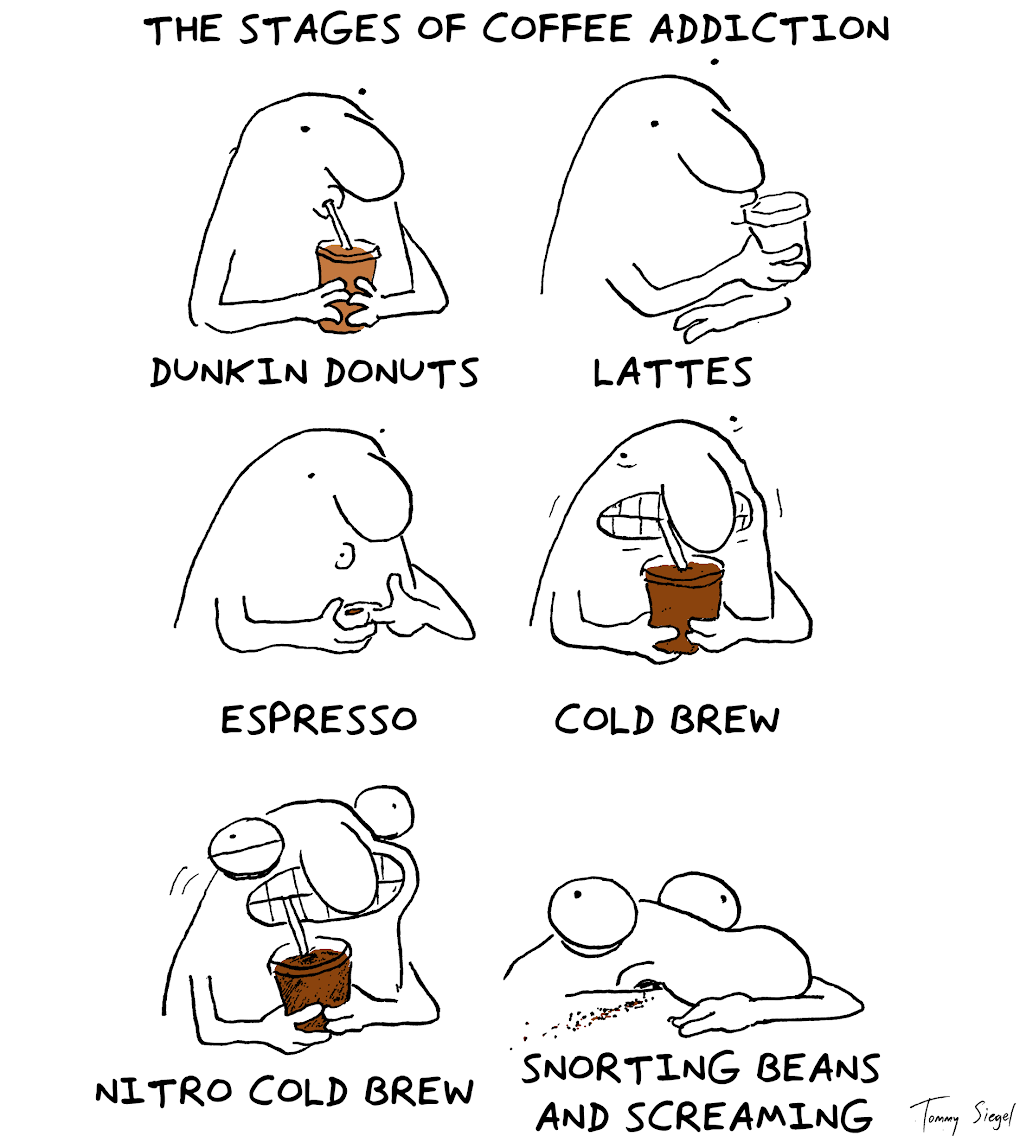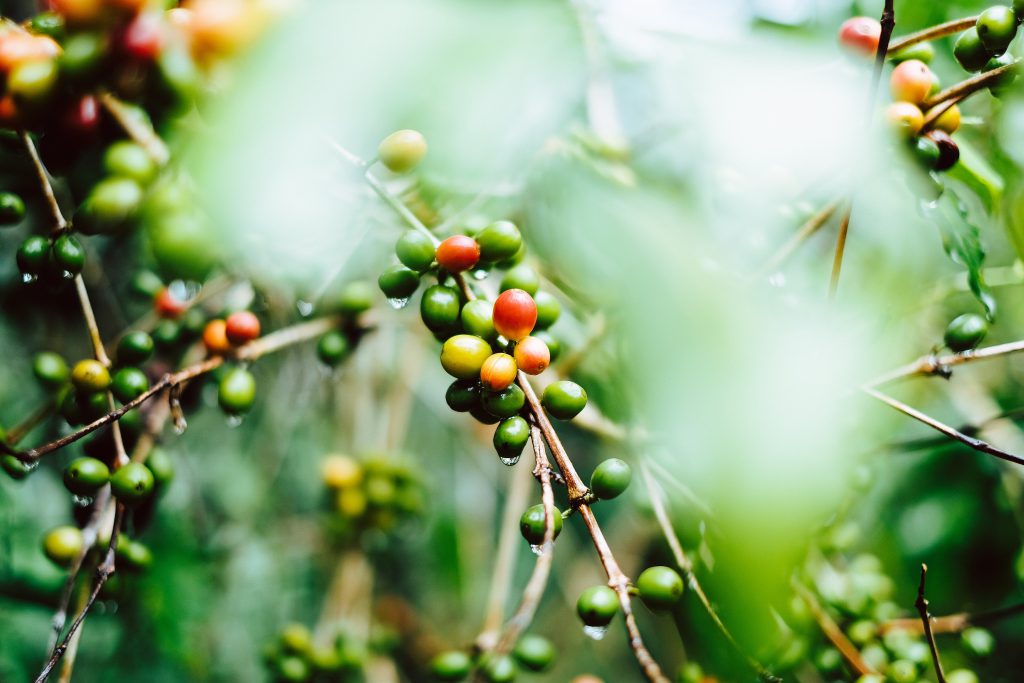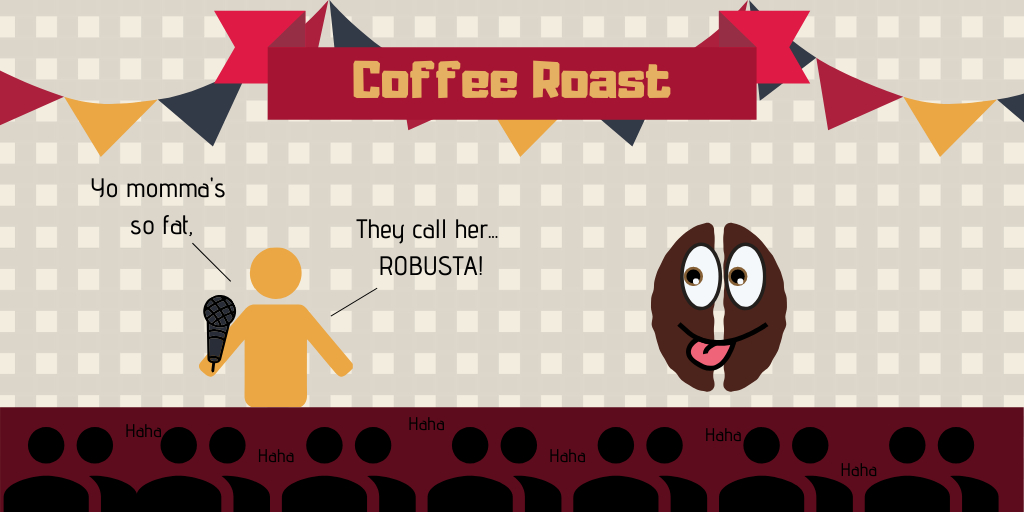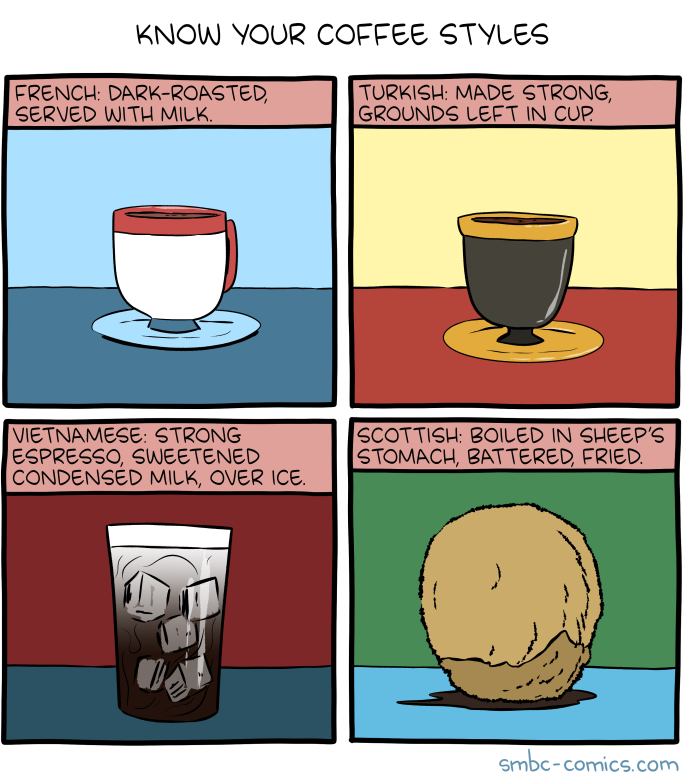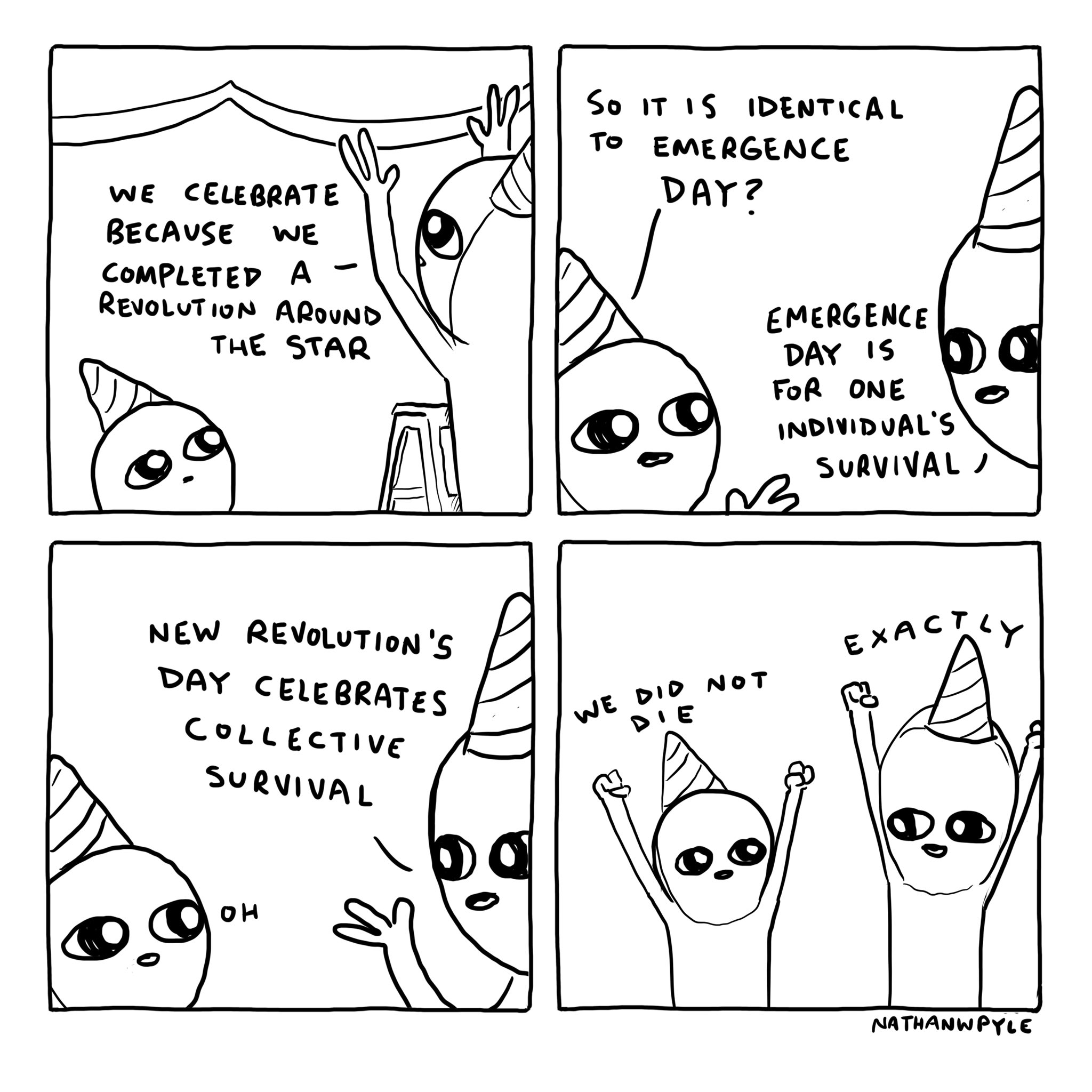Report on the session “Building Community for Inclusive Public Engagement with Science” at the 2020 meeting of the Americal Association for the Advancement of Science (AAAS2020)
Many researchers and institutions participate in public engagement, including organizing public outreach activities and science communication events to help bridge the gap between science and the community. Unfortunately, too often parts of the community are not reached. Only people who are already interested in science come to a public talk, school outreach activities reach schools in more privileged areas, and the needs of communities are not taken into account when developing engagement projects.
During the session on “Building Community for Inclusive Public Engagement with Science,” held on Thursday, February 13, 2020, during the American Association for the Advancement of Science’s (AAAS) annual meeting, this exact topic was addressed. The session was moderated by Sunshine Menezes (Metcalf Institute for Marine and Environmental Reporting, Kingston, RI), who introduced the speakers and outlined the scope of the panel: how we can be more intentional, reciprocal and reflexive in working towards more inclusive science communication. Those three words summarize the key traits of science communication:
- Intentionality: Are we actively thinking about who the target audience is and whether their identities and histories are being represented?
- Reciprocity: Are we learning from each other? Are the conversations based on what people bring rather than what they lack?
- Reflexivity: Are we evaluating our science communication strategies?
All three points came back in some form in three talks during the session.
Supporting Culture and Identity – Carrie Tzou
The first speaker, Carrie Tzou (University of Washington, Bothell, WA) spoke about supporting culture and identity in science education with equity-focused engagement. What educators should remember is that “when people enter into the practices of science and engineering, they do not leave their cultural worldviews at the door. Instruction that fails to recognize this reality can adversely affect engagement in science” [NRC, 2012, p. 284].
Learning is essentially cultural: what a person learns and how they learn depends on the community they are from. As a Western society, we often forget that for people of different cultures to learn our science, they also have to learn our culture!
Carrie Tzou outlined some strategies for learning that can be implemented to ensure that culture and identity are supported during learning. These include self-documentation, partnerships, and self-assessment. As an example of self-documentation, she told us about a project where students were given prompts, such as “how does your family use water?” to go take pictures in their daily life. This approach connects family and community to learning while broadening the definition of “what counts as science.”
By expanding what constitutes “science” – who does science, what counts as science, and in what contexts – personal identities and culture are supported in learning. Everyone can identify as a scientist and achieve scientific discoveries. As a final point, seeing science as part of justice movements offers new possibilities to understand the relationship between science, equity, and justice.
Seeing Yourself in the Data – Monica Ramirez
Monica Ramirez (University of Arizona, Tucson, AZ) showed us some participatory research projects she had worked on: co-created environmental health citizen science. She worked with “promatoras” – professionals with a similar cultural background as the person you’re trying to reach, helping to bridge the gap between “ivory tower researchers” and the community. In order to develop a successful citizen science project, she had the following tips:
- People want to participate if there is a community need, not just for the “advancement of knowledge.” Let the research question stem from the community, as solving a community-identified problem will contribute highly to the motivation of participants.
- Build meaningful relationships, by implementing personal support structures and peer education models (cfr. promatoras).
- Consider that participants might have limited time and/or access to technology, and incorporate this in the study design.
Equity Oriented Practice in Pre- and Early Career SciComm Professionals – Rabiah Mayas
Finally, Rabiah Mayas from the Museum of Science and Industry (MSI, Chicago, IL) gave a museum-perspective to creating inclusive scicomm. At the MSI, there is a training program for STEM graduate students who want to get into science communication.
The program structure is inspired by traditional teaching education: initial academic preparation, supported practical experience in the classroom, and finally a lead educator position. In the scicomm space, this looks like training in best practices and K-12 teaching, as well as improvisation exercises. Participants are then allowed to try out their newly learned skills in the museum, allowing space to fail – because you only get good by failing!
Conclusions:
While the world of STEM and scicomm is looking more and more diverse, we still have a long way to go. By building comfort around the language of inclusivity, creating spaces where it’s safe to have these “uncomfortable” discussions, stay aware of our personal identity while pursuing science, we can move towards more inclusivity and diversity. The three speakers of the session have definitely shown it can be done.
Recommended reading:
Informal Science’s toolkit for science engagement professionals: https://www.informalscience.org/broadening-perspectives
Perspective article on a critical approach to science communication: https://www.frontiersin.org/articles/10.3389/fcomm.2020.00002/full
Engaging diverse citizen scientists: https://ui.adsabs.harvard.edu/abs/2018AGUFMNH43B1036B/abstract


